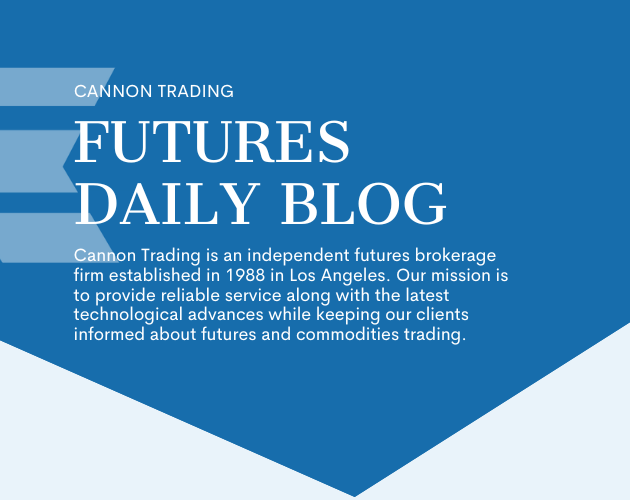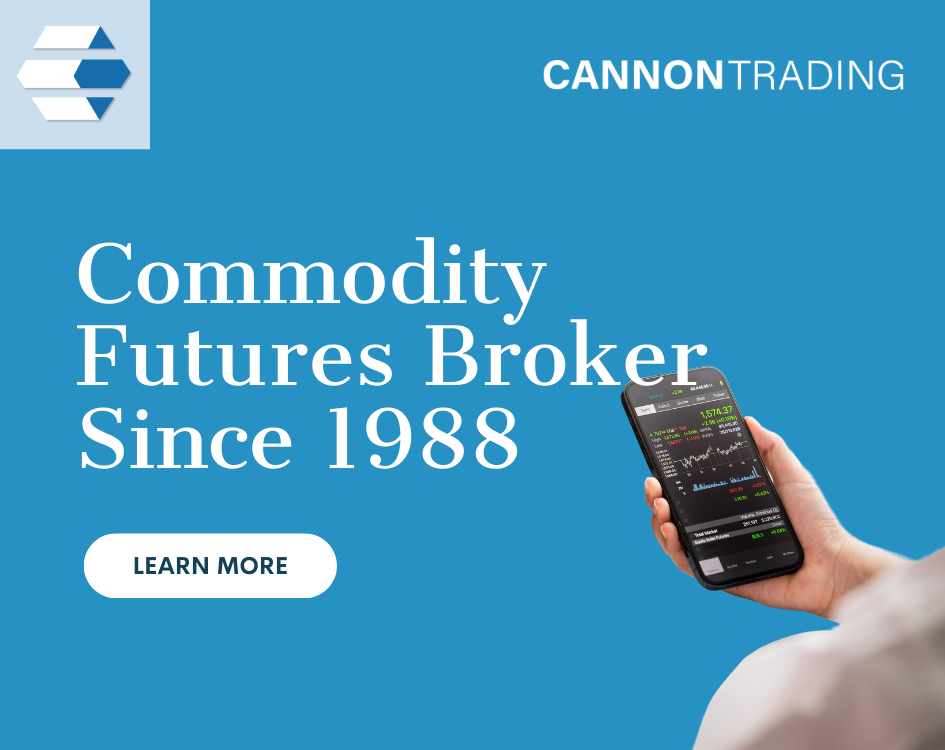
|
|
||||||||||||||||||||||||||||||||||||||||||||||||||||||||||||||||
|
||||||||||||||||||||||||||||||||||||||||||||||||||||||||||||||||
|
This Blog provides futures market outlook for different commodities and futures trading markets, mostly stock index futures, as well as support and resistance levels for Crude Oil futures, Gold futures, Euro currency and others. At times the daily trading blog will include educational information about different aspects of commodity and futures trading.

|
|
||||||||||||||||||||||||||||||||||||||||||||||||||||||||||||||||
|
||||||||||||||||||||||||||||||||||||||||||||||||||||||||||||||||
|


|
|
|
|
|
|
|
|
|
The PriceCount study is a tool that can help to project the distance of a move in price. The counts are not intended to be an ‘exact’ science but rather offer a target area for the four objectives which are based off the first leg of a move with each subsequent count having a smaller percentage of being achieved. It is normal for the chart to react by correcting or consolidating at an objective and then either resuming its move or reversing trend. Best utilized in conjunction with other technical tools, PriceCounts offer one more way to analyze charts and help to manage your positions and risk. Learn more at www.qtchartoftheday.com Trading in futures, options, securities, derivatives or OTC products entails significant risks which must be understood prior to trading and may not be appropriate for all investors. Past performance of actual trades or strategies is not necessarily indicative of future results. |
|
|
|
|
|
||||||||||||||||||||||||||||||||||||||
|
||||||||||||||||||||||||||||||||||||||
|

|
|
|
|||||||||||||||||||||||||||||||||||||||||||||||||||||||||||||||||
|
|||||||||||||||||||||||||||||||||||||||||||||||||||||||||||||||||
|
In today’s fast-paced and highly competitive futures markets, traders demand tools that offer speed, reliability, and intelligent features. The CannonX powered by CQG trading platform is engineered to deliver just that. With cutting-edge technology at its core and a legacy of trusted brokerage services, the CannonX futures platform offers an unparalleled experience for futures traders—whether they’re managing personal portfolios or operating on an institutional scale.
Let’s explore how this robust futures trading platform benefits from CQG’s powerful infrastructure, how long it has served traders and brokers, what makes it stand apart from other solutions, and why partnering with Cannon Trading Company is a strategic decision for anyone serious about trading futures.
CQG has long been synonymous with institutional-grade technology in the trading world. For over four decades, they’ve built platforms known for precision, performance, and stability. By integrating CQG’s capabilities into Cannon Trading’s offering, CannonX powered by CQG becomes a high-caliber futures trading platform accessible to a broader range of clients.
The CQG engine within CannonX ensures ultra-low-latency trade execution, robust market data feeds, and a suite of advanced analytical tools. CQG’s proven performance in delivering global market access means traders on the CannonX futures platform can rely on real-time price updates, secure order routing, and deep functionality across assets.
The CannonX powered by CQG trading platform was designed with one goal in mind: to empower futures traders with tools that are fast, flexible, and dependable. Several unique advantages set CannonX apart from its peers in the futures platform space.
The CannonX powered by CQG trading platform has been serving the futures trading community for multiple years. Since its debut, it has earned credibility and trust among professional traders and brokers, thanks to consistent platform improvements and close attention to user feedback.
Unlike newer platforms that may still be in testing phases, CannonX is a mature and battle-tested futures platform that has weathered volatile markets and high-volume days. This longevity ensures both reliability and user confidence.
A defining feature of the CannonX futures platform is its seamless trade execution process. Every element is optimized to remove friction, reduce errors, and accelerate action.

The platform is only one part of the equation. The brokerage behind the CannonX powered by CQG trading platform—Cannon Trading Company—brings a wealth of experience, reliability, and service to the table.
The beauty of the CannonX powered by CQG trading platform lies in its dual appeal. New traders appreciate the intuitive layout and responsive support, while seasoned pros tap into its deep order flow tools and low-latency routing.
The platform supports an environment where execution, analysis, and risk management occur within one cohesive framework—a key advantage for anyone engaged in trading futures at scale or across time zones.
In a world where milliseconds and margin efficiency determine competitive edge, traders cannot afford to use outdated tools. The CannonX powered by CQG trading platform ensures that every trader—whether self-directed or institutional—is equipped with the tools to thrive in modern markets.
From its institutional backbone to its highly customizable interface, CannonX is more than just a futures trading platform—it’s a complete solution tailored to the demands of serious market participants.
If you’re searching for a platform that merges institutional-grade functionality with personalized service, look no further than the CannonX powered by CQG trading platform. Supported by Cannon Trading Company’s decades of experience, spotless reputation, and industry-leading customer service, this futures platform delivers unmatched performance and peace of mind.
Whether your focus is speed, customization, execution quality, or regulatory transparency, CannonX delivers on every front. It’s the perfect combination of innovative technology and brokerage expertise—a true competitive advantage for trading futures in 2025 and beyond.
Ready to start trading futures? Call us at 1(800)454-9572 (US) or (310)859-9572 (International), or email info@cannontrading.com to speak with one of our experienced, Series-3 licensed futures brokers and begin your futures trading journey with Cannon Trading Company today.
Disclaimer: Trading Futures, Options on Futures, and retail off-exchange foreign currency transactions involve substantial risk of loss and are not suitable for all investors. Past performance is not indicative of future results. Carefully consider if trading is suitable for you in light of your circumstances, knowledge, and financial resources. You may lose all or more of your initial investment. Opinions, market data, and recommendations are subject to change at any time.
Important: Trading commodity futures and options involves a substantial risk of loss. The recommendations contained in this article are opinions only and do not guarantee any profits. This article is for educational purposes. Past performances are not necessarily indicative of future results.
This article has been generated with the help of AI Technology and modified for accuracy and compliance.
Follow us on all socials: @cannontrading


|
|||||||||||||||||||||||||||||||||||||||||||||||||||||||||||||||||
|
|||||||||||||||||||||||||||||||||||||||||||||||||||||||||||||||||
|
In today’s dynamic financial markets, choosing a dependable futures trading platform is essential for futures trading. The CQG Platform has consistently led the pack by offering powerful tools for market analysis, trade execution, and data access. It’s more than just software—it’s an entire ecosystem supporting traders through interfaces like CQG Desktop, CQG Trader, and CQG Mobile. When paired with a top-tier brokerage like Cannon Trading, which now offers CannonX Powered by CQG, traders benefit from enhanced support, superior execution, and streamlined access to global futures markets.
At the heart of the CQG Platform is its role as a trading technology provider—not a brokerage. It delivers cutting-edge infrastructure that brokers use to provide clients with secure, low-latency access to futures exchanges. With roots going back over 40 years, CQG has earned its reputation for excellence by offering fast, reliable, and highly accurate data through its industry-leading cqg data feed.
Through interfaces like CQG Desktop, CQG Trader, and CQG Mobile, CQG connects users to a seamless trading environment where analysis, execution, and account management converge. These tools empower traders across experience levels to engage confidently in the fast-moving world of futures.
CQG Desktop is a powerful, browser-based application designed for traders who demand high-end features without needing a heavy install. Many users look for cqg desktop download options, but the beauty of this platform is that it’s fully cloud-based—no bulky software needed. Accessible through any modern web browser, CQG Desktop offers a comprehensive interface with:
The cqg desktop demo is perfect for new users exploring the platform’s capabilities in a simulated environment. It provides full access to tools powered by the same high-speed cqg data feed, making it a great entry point before committing real capital.
For professionals who value access from any device, CQG Desktop provides one of the most robust solutions among today’s online futures trading platform options.
While CQG Desktop focuses on comprehensive analysis and flexibility, CQG Trader is all about speed and simplicity. This lightweight application is perfect for traders who want to focus exclusively on execution.
Key features of cqg trader include:
Many traders use cqg trader as their primary execution interface, especially if they already rely on third-party charting tools. It offers one of the fastest order execution environments available on a futures trading platform, with minimal resource requirements.
In an increasingly mobile world, having access to markets on the go is crucial. CQG Mobile delivers the same reliability and real-time connectivity as other CQG tools, but optimized for iOS and Android devices. This app puts the power of the CQG Platform right in your pocket.
With cqg mobile, users get:
Because cqg mobile is backed by the same high-performance cqg data feed, you never miss a price move—even away from your desk. It integrates seamlessly with CQG Desktop, so you can check your trades, adjust positions, or monitor markets with ease.
The cqg desktop demo is one of the most important tools for both new and experienced traders. This paper-trading environment mimics live market conditions without financial risk. You can explore the full capabilities of CQG Desktop and test strategies in real time.
Highlights of the demo include:
Brokers like Cannon Trading provide easy access to the cqg desktop demo through their portals. It’s also the perfect way to explore CannonX Powered by CQG, a premier solution that gives traders a complete futures trading platform and brokerage experience.
Traders rely on accurate and fast data. The cqg data feed is recognized as one of the most robust and reliable in the industry. It supports:
From CQG Desktop to CQG Mobile, the data is fast, clean, and synchronized. This is a key differentiator of the CQG Platform and one of the main reasons professionals choose it for critical decision-making.
No matter which platform you use, the cqg login experience is unified and efficient. Whether you’re using CQG Desktop, CQG Trader, or CQG Mobile, your single login grants access across all CQG services.
Benefits of this unified approach:
Thanks to CQG’s cloud-based structure, switching between devices is nearly instantaneous. This unified cqg login model enhances convenience while maintaining security and data consistency across the board.
Though many traders refer to a cqg desktop download, what they usually mean is gaining access to the web-based CQG platform. CQG Desktop runs on HTML5, meaning no installation is required—just log in and go. However, some users may prefer a launcher or shortcut version, which brokers like Cannon Trading provide.
Steps to get started:
Accessibility is a core benefit here. Whether you’re on Windows, Mac, or mobile, the CQG Platform adapts to your environment.

Selecting the right broker is just as important as the right platform. Cannon Trading has partnered closely with CQG to provide the CannonX Powered by CQG experience—a bundled solution delivering elite execution and premium support.
Why CannonX is the perfect gateway:
With CannonX Powered by CQG, traders receive the full benefit of the CQG ecosystem—combined with personalized brokerage services. From first-time users requesting a cqg desktop download to professionals managing large positions via cqg mobile, CannonX offers a unique advantage.
Whether you’re exploring a cqg desktop demo, trading full-time with cqg trader, or checking markets from your phone via cqg mobile, the CQG Platform provides a high-performance environment for all types of traders. Powered by the reliable cqg data feed and unified through a single cqg login, CQG’s tools are engineered for speed, accuracy, and flexibility.
Pairing this elite technology with CannonX Powered by CQG ensures that traders also benefit from seasoned brokerage expertise, regulatory security, and best-in-class customer support. Whether you’re entering the futures world for the first time or upgrading your existing setup, this combination delivers the tools, data, and support you need to succeed.
The future of trading is real-time, mobile, and intelligent. The CQG Platform, enhanced by CannonX Powered by CQG, ensures you’re ready for whatever the markets bring.
Ready to start trading futures? Call us at 1(800)454-9572 (US) or (310)859-9572 (International), or email info@cannontrading.com to speak with one of our experienced, Series-3 licensed futures brokers and begin your futures trading journey with Cannon Trading Company today.
Disclaimer: Trading Futures, Options on Futures, and retail off-exchange foreign currency transactions involve substantial risk of loss and are not suitable for all investors. Past performance is not indicative of future results. Carefully consider if trading is suitable for you in light of your circumstances, knowledge, and financial resources. You may lose all or more of your initial investment. Opinions, market data, and recommendations are subject to change at any time.
Important: Trading commodity futures and options involves a substantial risk of loss. The recommendations contained in this article are opinions only and do not guarantee any profits. This article is for educational purposes. Past performances are not necessarily indicative of future results.
This article has been generated with the help of AI Technology and modified for accuracy and compliance.
Follow us on all socials: @cannontrading

|
|||||||||||||||||||||||||||||||||||||||||||||||||||||||||||||||||||
|
|||||||||||||||||||||||||||||||||||||||||||||||||||||||||||||||||||
|


|
|||||||||||||||||||||||||||||||||||||||||||||||||||||||||||||||||
|
|||||||||||||||||||||||||||||||||||||||||||||||||||||||||||||||||
|

|
||||||||||||||||||||||||||||||||||||||||||||||||||||||||||||||||||||||||||||||||||||||||||||||||||
|
||||||||||||||||||||||||||||||||||||||||||||||||||||||||||||||||||||||||||||||||||||||||||||||||||
|


|
||||||||||||||||||||||||||||||||||||||||||||||||||||||||||||||
|
||||||||||||||||||||||||||||||||||||||||||||||||||||||||||||||
|